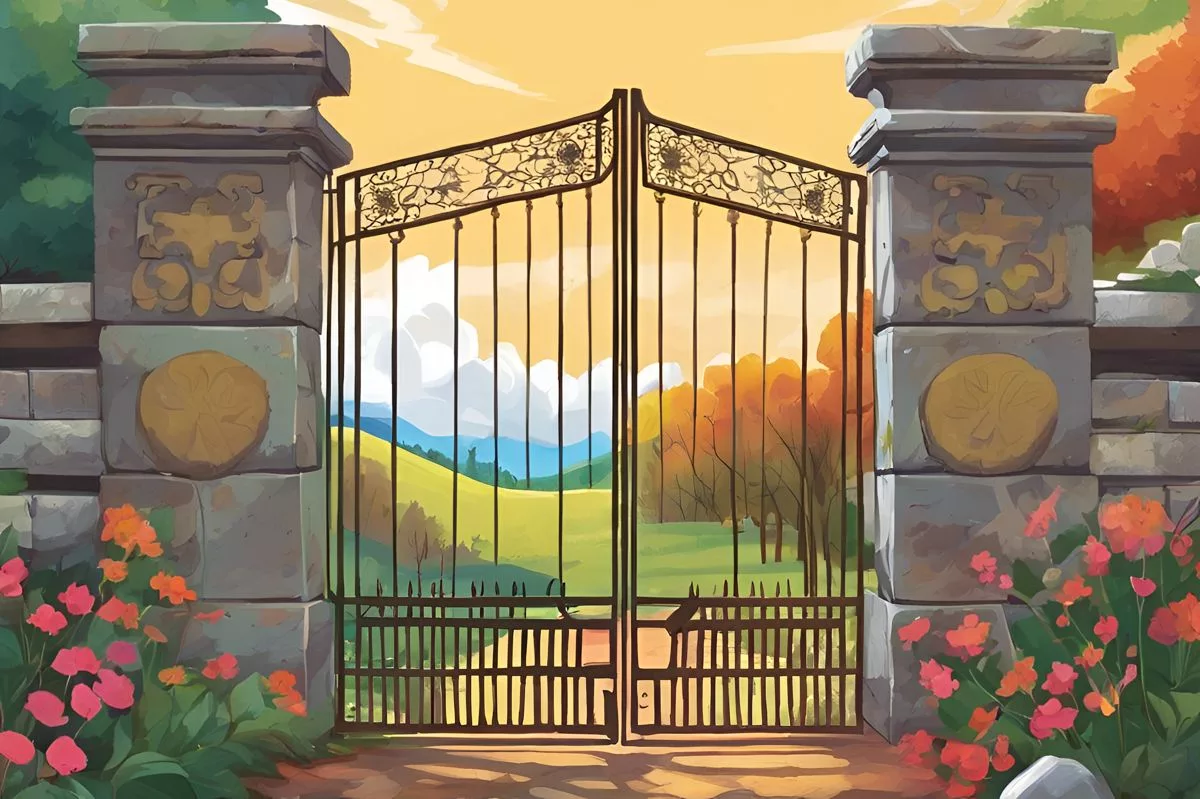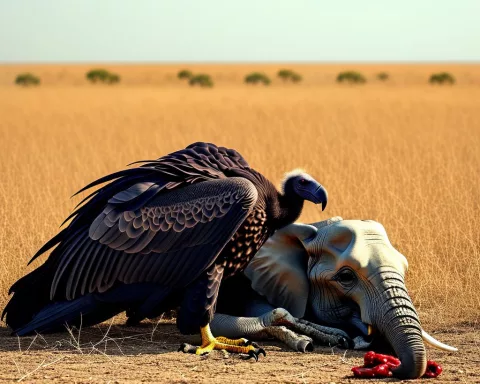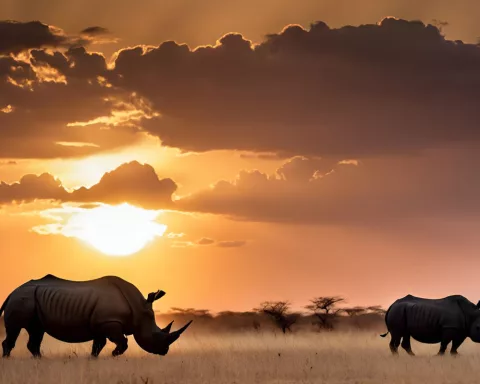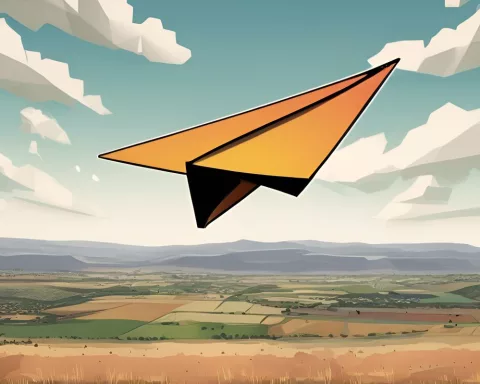The placement of the Shangoni Gate at Kruger National Park marks a new era of collaboration and shared ownership in the tourism sector. This move aims to boost the economy, preserve the environment, and most importantly, improve the livelihoods of local communities. The decision was reached after careful consideration from key stakeholders, including the royal families of Mtititi, Madonsi, and Muyexe, and marks a significant win for the entire region. The gate not only improves access to the park but also opens up job and business opportunities, while symbolizing a step toward eradicating poverty and achieving inclusive growth.
Embracing Inclusive Growth: A New Chapter for Kruger National Park – A New Era of Collaboration and Shared Ownership. The placement of the Shangoni Gate signifies a fresh era of collaboration and mutual ownership in the tourism sector. This move would create tourism centers that preserve the environment, boost the economy, and importantly, improve the livelihoods of local communities.
A New Era of Collaboration and Shared Ownership
[Kruger National Park](https://capetown.today/kruger-national-park-named-one-of-the-worlds-top-20-best-nature-destinations-by-tripadvisor/), South Africa’s most expansive nature reserve, has long been an enticing destination for both local and international adventurers. The recent resolution on the placement of the Shangoni Gate has ushered in a significant phase for tourism in the region. This isn’t just a significant leap for the authorities managing the park; it’s also a milestone for the neighboring communities.
The journey to settling the gate’s location was intricate and drawn out. Key stakeholders were involved in the process, including the royal families of Mtititi, Madonsi, and Muyexe, along with the Mopani and Vhembe District Municipalities, the Limpopo Tourism Board and a host of senior government officials. This agreement on the gate’s location symbolizes far more than a simple logistical accord, it heralds a fresh era of collaboration and mutual ownership in the tourism sector.
In the past, the perks of tourism in the region barely touched local communities, focusing primarily on providing a unique experience for park visitors. However, the strategic placement of the Shangoni Gate aims at bridging this chasm. Deputy Minister Fish Mahlalela noted that this move would create tourism centers that preserve the environment, boost the economy, and importantly, improve the livelihoods of local communities.
The Shangoni Gate: Emblem of Progress and Shared Benefits
Located in the northern part of the Kruger National Park, the Shangoni Gate is far more than a simple access point. It stands as a testament to determination and a marker of advancement, with a commitment to shared benefits. The monetary support provided by the Department of Tourism to the South African National Parks (SANParks) for the Shangoni Gate’s construction in 2016 sparked economic development in the Vhembe and Mopani District Municipalities.
However, the journey to consensus was fraught with challenges. The proposed location of the gate sparked debates among the communities surrounding and adjacent to the gate. Concerns arose regarding the gate’s access road passing through a residential area, Altein village, which would impact the safety of children and potentially displace some residents. These concerns were addressed in the Shangoni Gate Stakeholder Forum, consisting of representatives from various tribal authorities, business groups, and municipalities.
Despite initial disagreements, officials rose to the occasion. SANParks board member, Chief Luvhuwani Matsila, intervened to ensure construction continued unhindered. Moreover, a Project Advisory Committee was established to oversee the project during construction, guaranteeing a harmonious and progressive course of action.
A Victory for the Region and a Commitment to Shared Prosperity
This milestone is more than just a win for the involved stakeholders, it signifies a victory for the entire region. The new gate not only improves access to the park but also opens up job and business opportunities for locals. It symbolizes a step toward eradicating the ‘wealth islands’ in the ‘sea of poverty,’ which is a legacy of the apartheid era, and marks a stride toward inclusive growth.
Looking ahead, this development presents a springboard for further growth in the region. It underscores a commitment to shared prosperity, nurturing a bond between the thriving tourism industry and the local communities who have for long been mere bystanders. Indeed, the Shangoni Gate stands as a testament to the might of cooperation and the pledge of a collective future.
1. What is the significance of the Shangoni Gate in Kruger National Park?
The Shangoni Gate marks a new era of collaboration and shared ownership in the tourism sector in Kruger National Park. It aims to boost the economy, preserve the environment, and, most importantly, improve the livelihoods of local communities.
2. Who were the key stakeholders involved in the decision to place the Shangoni Gate?
The royal families of Mtititi, Madonsi, and Muyexe, the Mopani and Vhembe District Municipalities, the Limpopo Tourism Board, and a host of senior government officials were involved in the decision.
3. How does the Shangoni Gate aim to bridge the gap between tourism and local communities?
The strategic placement of the Shangoni Gate aims at creating tourism centers that preserve the environment, boost the economy, and improve the livelihoods of local communities.
4. What challenges were faced during the construction of the Shangoni Gate?
Concerns arose regarding the gate’s access road passing through a residential area, Altein village, which would impact the safety of children and potentially displace some residents. These concerns were addressed in the Shangoni Gate Stakeholder Forum, consisting of representatives from various tribal authorities, business groups, and municipalities.
5. What is the significance of the Shangoni Gate for the region?
The new gate not only improves access to the park but also opens up job and business opportunities for locals. It symbolizes a step toward eradicating the ‘wealth islands’ in the ‘sea of poverty,’ which is a legacy of the apartheid era, and marks a stride toward inclusive growth.
6. What does the Shangoni Gate stand for?
The Shangoni Gate stands as a testament to the might of cooperation and the pledge of a collective future. It underscores a commitment to shared prosperity, nurturing a bond between the thriving tourism industry and the local communities who have long been mere bystanders.












